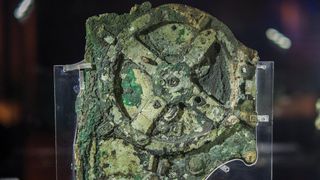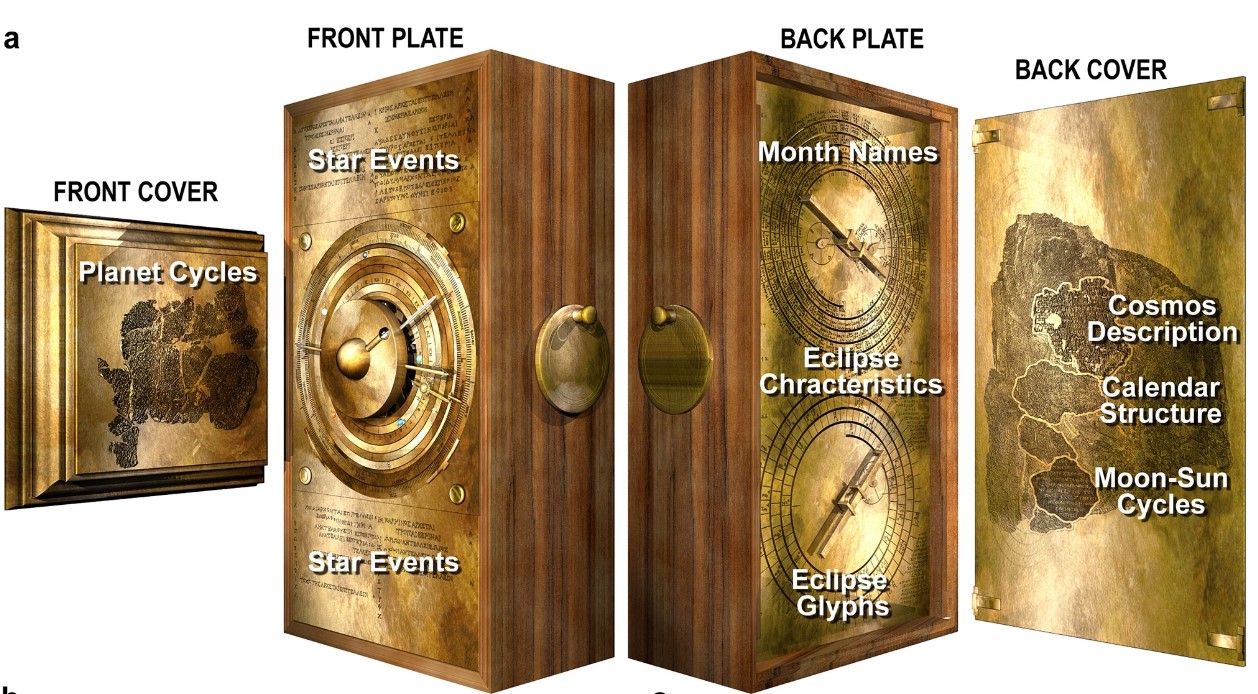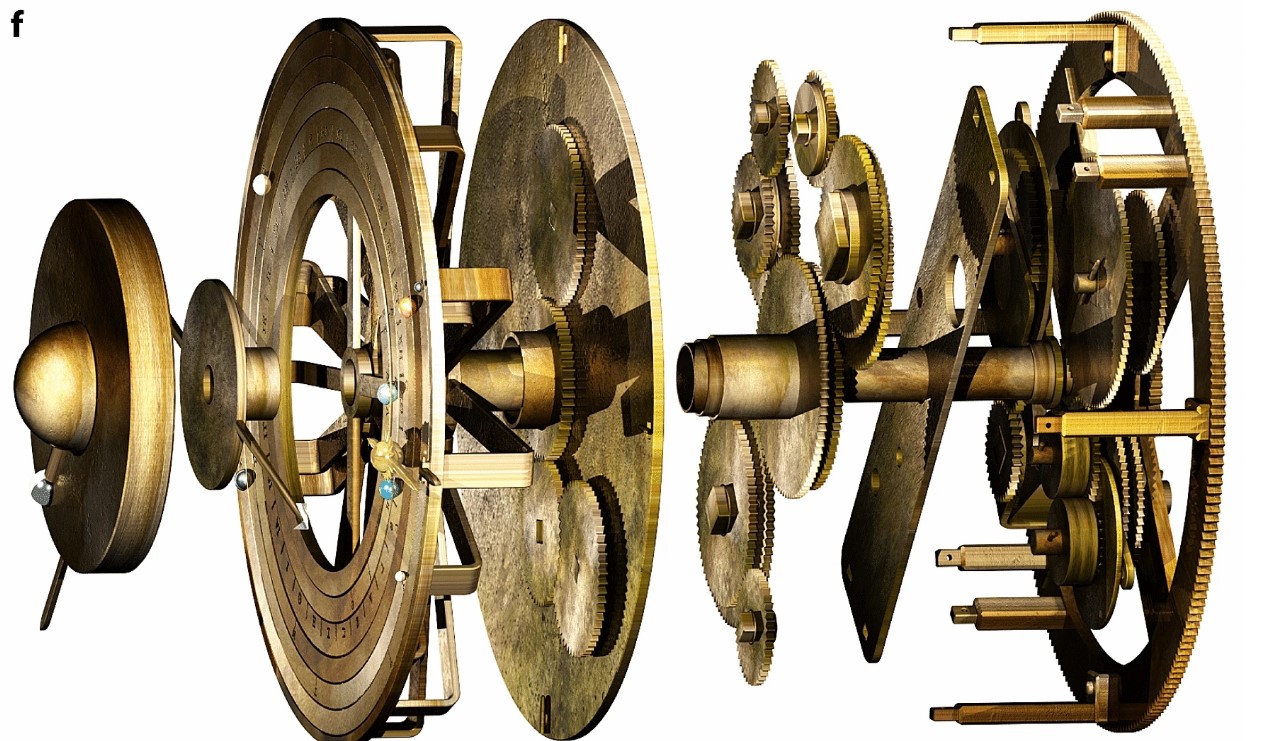Greek Squad: Scientists continue troubleshooting 2,000-year-old computer | PC Gamer - howardratepand93
Greek Squad: Scientists continue troubleshooting 2,000-twelvemonth-onetime computer

If Archimedes had a laptop computer, would he ever take over gotten round to calculating pi? If he'd been born 2,500 years subsequent, I can imagine him minimizing Minesweeper to pull up a Google doc of equations every time the teacher walked by. Dude would've loved sudoku. A century after Archimedes, circa 100 B.C., the ancient Greeks actually did have small computers, though they weren't yet good at distracting from the labor at hand. They were analog computers comparable the Antikythera mechanism, built for specific calculation. The Antikythera mechanism may well be the first computer of all time made, and despite more than than 100 years of study since it was uncovered in a shipwreck in 1901, scholars are still trying to figure out exactly how it worked. Information technology probably hasn't helped that the remains look about as crusty arsenic a CPU cooler that hasn't been cleaned since Quake was unprecedented.
The Antikythera mechanism is idea to Be an ancient Greek astronomical calculator, meant to show the movements of the planets victimization a very complex series of interlocking gears. Unequal the early digital computers of the 20th century, it was also remarkably compact, at approximately a foot tall.
It took decades of study to figure unstylish what the Antikythera mechanism was and what information technology did, because few of the pieces pull through. But no model has really been competent to match a pure automatonlike design with the actual acknowledged movements of the planets. At any rate, until immediately.
Somehow, from the badly unsound remains of the computer, researchers have been capable to come up with what they believe is an accurate working model of the Antikythera mechanism in its original form, by matching the inscriptions on the front of the device that specified how it was meant to shape far more closely than any previous exertion.
"Inscriptions specifying complex unsettled periods forced new thinking on the mechanization of this Universe, but no old reconstruction has descend close to matching the data," says the research paper promulgated today in Scientific Reports. "Our discoveries lead to a new model, wholesome and explaining the evidence. Resolution this complex 3D baffle reveals a creation of genius—combining cycles from Babylonian astronomy, mathematics from Plato's Academy and ancient Greek astronomical theories."

As The Guardian breaks down, the researchers at University College London are edifice a recreation of the Antikythera mechanism with today's machinery, and if it workings, they'll see if it's possible to recreate with the technology of the Greeks circa 100 Before Christ. The design looks dizzyingly complex regular today, with rings for Mercury, Venus, Mars, Jupiter, Saturn, the Sun and Moon, and could calculate all of this, accordant to the write up:
- The ecliptic longitudes of the Moon, Sun3 and planets
- The form of the Moon around
- The Age of the Moonshine
- The synodic phases of the planets
- The excluded years of the Metonic Calendar
- Eclipses: Possibilities, multiplication, characteristics, years and seasons
- The heliacal risings and settings of prominent stars and constellations
- The Olympiad oscillation

How big a deal was this circa 100 BC? The report says that the Antikythera mechanism is an astronomical collection of "astonishing ambition," and that it represents "the initial steps to the mechanization of mathematics and skill." It ends by casually tossing out that the computer "challenges all our preconceptions about the technological capabilities of the antediluvian Greeks."
That is, however, a sticking point in the researchers' new model of how the device whitethorn have been put together. They used a set of nesting tubes to fit much 30 interlocking gears and the arms representing the planets into a tight 25mm space. Accomplishable today—only could the Greeks have actually built it? One of the researchers, Adam Wojcik, told The Guardian, "The coaxial tubes at the core of the planetarium are where my faith in Grecian tech falters, and where the model power as wel falter… Lathes would be the way today, but we can't assume they had those for metal."
Smooth, if the design bears out, it may comprise a breakthrough 120 years in the making. I'd like a replica for my desk, please.
Source: https://www.pcgamer.com/greek-squad-scientists-continue-troubleshooting-2000-year-old-computer/
Posted by: howardratepand93.blogspot.com



0 Response to "Greek Squad: Scientists continue troubleshooting 2,000-year-old computer | PC Gamer - howardratepand93"
Post a Comment